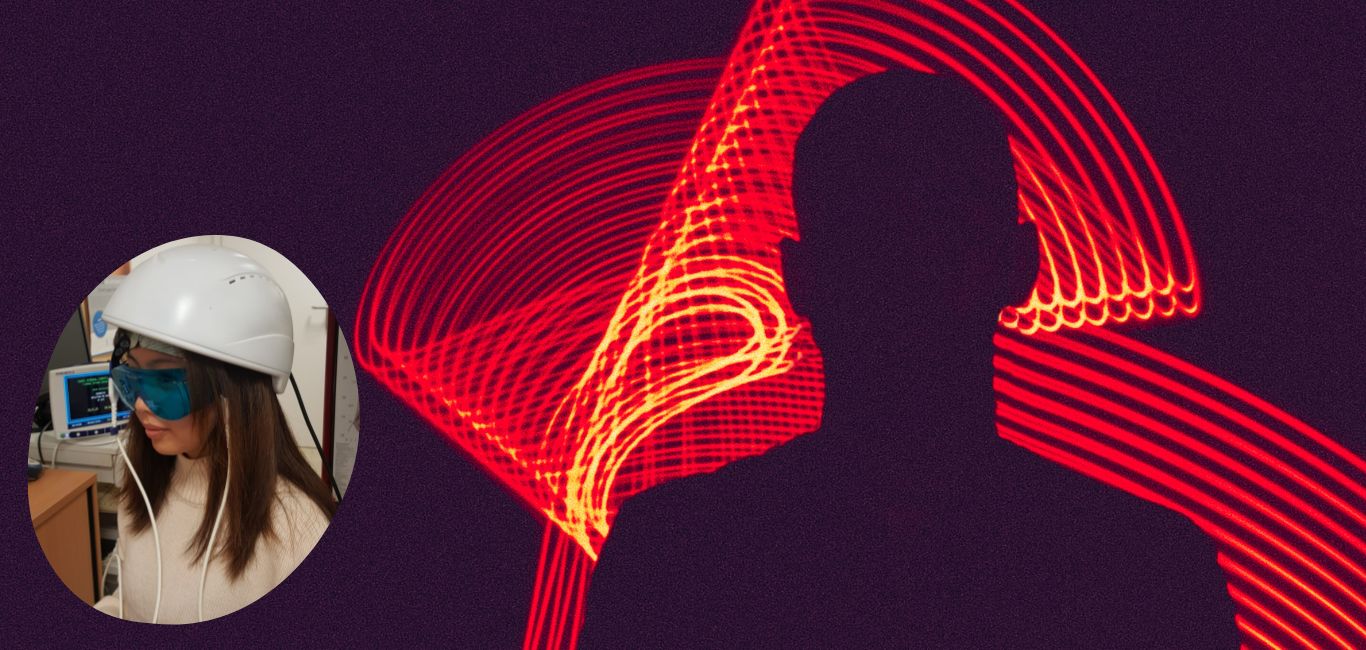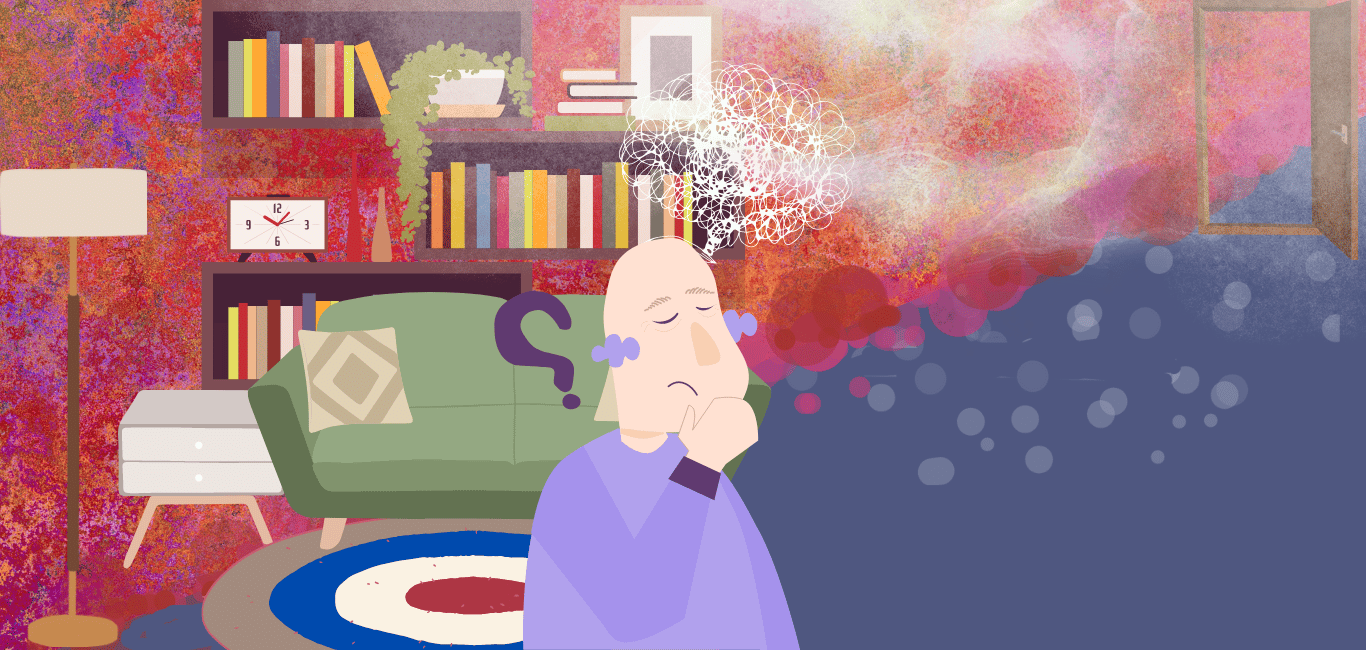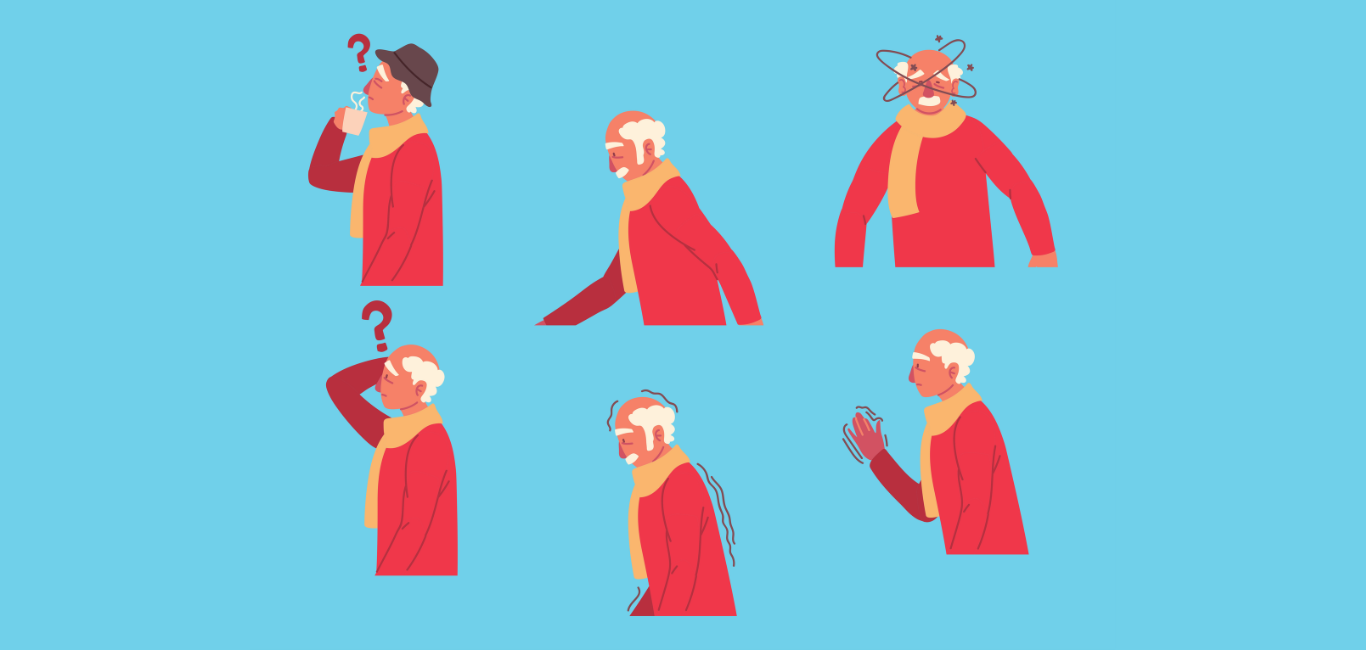
Jaadu, an extraterrestrial from the 2003 Hindi cinema Koi Mil Gaya, gained strength and vitality from the sun’s rays. Like Jaadu, humans, too, harness energy from sunlight. From synthesising specific essential vitamins to influencing mood and vitality, sunlight positively affects our overall well-being, playing a pivotal role in brain health.
For this reason, scientists like Dr Thomas Feiner, a neuropsychologist and founder and director of the Institute for EEG Neurofeedback in Germany, are exploring photobiomodulation (PBM) for treating various neurological conditions. In this emerging technique, an individual is exposed to sun-like light energy to regulate brain activity, which could, in turn, reduce the symptoms.
Nutrient from light
Neurons in the brain need energy to function, and the cells have an energy factory called mitochondria. A 2023 study shows that near-infrared (NIR) light (closer to visible light wavelength) activates the mitochondria by stimulating specific enzymes in them. These enzymes help produce biochemical energy for cellular activities (cellular respiration), thus providing fuel to the cells.
This power boost promotes cognitive improvement like learning and memory. PBM is this modulation of neuron activity by light. Dr Feiner says, “It [PBM] is like a nutrient you give to the brain.”
Moreover, Dr Feiner, who also applied photobiomodulation on himself, says, “I measured my brain during stimulation [PBM], and there was a huge difference in the brain activity with and without it. You can really see how more nerves are starting to fire and changes in the brain by using quantitative electroencephalogram and imaging [techniques].”
Photobiomodulation with neurofeedback therapy
PBM is seen to be most effective when followed by neurofeedback therapy, says Dr Feiner. “When NIR light-based photobiomodulation is used before a neurofeedback session, it can prime the brain, making the person more receptive to the session,” he says.
Neurofeedback therapy is a method by which individuals can alter brainwaves by regulating their thoughts. This, in turn, controls their brain activity. It uses audio and video feedback to monitor the brain waves and train the brain for improved functioning. Currently, the National Institute of Mental Health and Neurosciences, Bengaluru, is the only medically supervised centre for this therapy.
————————————————————————————————
————————————————————————————————
Dr Feiner says that neuro-photobiomodulation is an emerging technique that can potentially reduce the symptoms of neurological conditions.
A 76-year-old woman from Munich who had moderate mixed dementia and had difficulty walking, reading, and playing musical notes on the piano, Dr Feiner recalls.
She was given a combination of PBM and neurofeedback therapy for 20-minutes five times a week. After the treatment, there was a noticeable improvement in her symptoms, as the woman’s son later told Dr Feiner. She regained the ability to play the piano and could now play for up to three-quarters of an hour. Although she still plays it slowly, she picked up playing her favourite, the waltz by Chopin. Moreover, with additional physiotherapy sessions, her walking improved.
Expanding the potential
Dr Gerhard Litscher, researcher and doctor of laser medicine, Medical University of Graz, Austria, who has worked on transcranial photobiomodulation (tPBM), tells Happiest Health that it is emerging as a potential clinical treatment. Delivering infra-red and NIR light through LED and laser technology under specific conditions and specific brain regions could improve its potential.
He speculates that tPBM with NIR light could be a promising non-pharmacological treatment for cognitive impairment in Alzheimer’s disease. “Due to its low cost, safety profile, and ease of self-administration at home, tPBM has the potential to become widely accessible,” he says. However, the neuro-stimulation method is yet to be accepted in conventional medicine.
A few recent studies have proposed that tPBM has a potential application in treating neurodegenerative conditions like Alzheimer’s disease, Parkinson’s disease, traumatic brain injury and cognitive impairment.
However, evidence-based research in this sub-area (laser medicine) is necessary to better understand the scope of neuro-photobiomodulation, adds Dr Litscher.
Applications of photobiomodulation (PBM)
Using PBM in conjunction with prescribed medicines helps the brain’s defence mechanisms to lower their guard and facilitate the treatment for Alzheimer’s, a study found. In studies conducted on mice, this combination therapy decreased amyloid beta aggregation. When PBM was given to people with Alzheimer’s, their cognitive abilities improved.
People with Parkinson’s experienced better movement after using PBM for up to a year, and there were no harmful effects. Some people started feeling better just four weeks after starting this therapy. Although the results can differ for each person, PBM provides a way to get care at home with the assistance of a caregiver.
Even with a single session of PBM, people with mild cognitive impairment showed decreased mental effort to complete a task with improved memory and sleep.
Along with increasing blood flow, PBM also decreases inflammation, which is beneficial in healing from stroke and traumatic brain injury. fMRI shows that PBM activates different networks of the brain that were previously affected in traumatic brain injury.

















